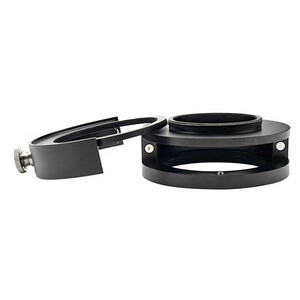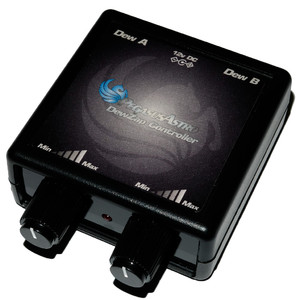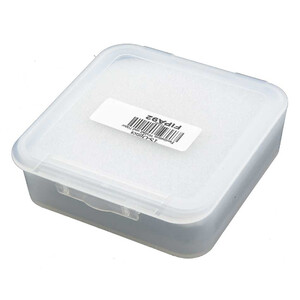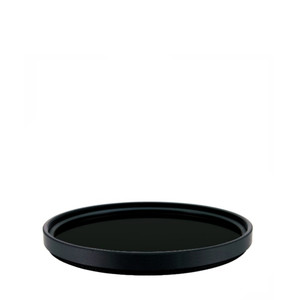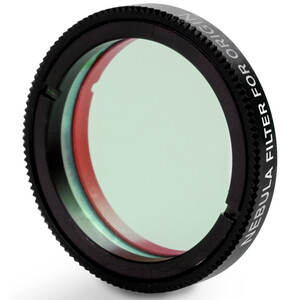The Triband RGB Ultra is designed to suppress light pollution for OSC and mono cameras. The Antlia Triband RGB Ultra filter allows you to capture over 90% of deep sky objects. In addition to its excellent performance with emission nebulae, unlike other ultra-narrowband filters, it is capable of capturing galaxies, reflection nebulae and star clusters from Bortle 8 to Bortle 1, while displaying more balanced RGB colours in the images. It also features a wide bandpass designed for faster optics up to an aperture ratio of f/2.
The quantum efficiency of the B channel in current CMOS sensors is often significantly lower than that of the R and G channels. The aim of the Triband RGB is to enable a more realistic colour balance for astrophotography in light-polluted locations. The problem of low blue wavelength efficiency becomes apparent when photographing reflection nebulae and blue stars. In CMOS sensors, the blue wavelengths also contain contributions from the stronger green spectrum, which affects the balance of the blue colours. Many popular deep sky objects contain reflection nebulae with faint blue hues, such as the central part of NGC 2264. The light transmission in the blue range is increased with this filter.
Although the Antlia Triband RGB Ultra is designed for astrophotography, it can also be used for visual observation in large telescopes (at least 10" aperture).
